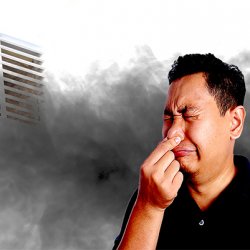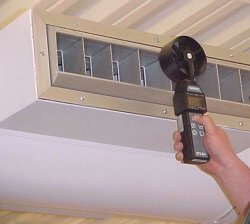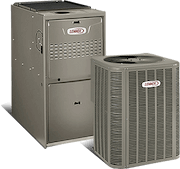Furnaces are a very common household appliance and yet, many people do not know much about how they work. It is worth looking into because this knowledge can not only help you assess and deal with furnace problems as they come up, it can help you avoid such problems in the first place. Proper heating & air conditioning use and maintenance go a long way to protect you from breakdowns and repairs.
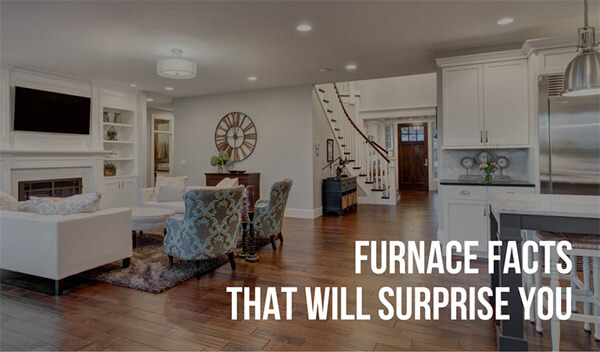
Here are a few things you should know about your furnace to help keep it in good shape:
- Furnaces are old technology: The basic technology behind your household furnace goes back to Roman society, where people first used heated air to warm homes and public spaces. A lot has changed since the Roman “hypocaust” system, but the use of hot air for indoor heating remains.
- It has three main components: Inside your furnace are three central components. First, the burner (for gas) or heating element (electric), which creates heat. Next you have the heat exchanger which separates breathable air from combustion gases. Finally, there is a blower, which distributes the heated air through your home.
- It is the most common heat source for Americans: Furnaces with a traditional duct setup are the most common way to heat a home in America.
- Most systems are gas: Gas furnaces are especially common. Chances are your home is heated by a gas furnace and there is a lot you can do to improve your HVAC system’s efficiency by knowing how to use gas most effectively.
- There are five types of gas furnace: To start, you can find out what type of gas furnace you have and how this might impact cleaning and maintenance. The five types are: horizontal, packages (with an air conditioner), upflow (air enters through the bottom and exists through the top), downflow (the air enters at the top and exist through the bottom), and lowboys, which are smaller units designed for tight spaces.
- Furnaces can last up to 25 years: A lot of people assume they’ll need a furnace replacement before then, but with the right maintenance a home furnace can last for quite a while. This is a big reason to make sure you are scheduling regular maintenance checks, as replacements can be quite expensive.
- Installation is subject to regulation: This means you should have your furnace installed by an expert team able to meet all the local, state, and federal installation requirements. If you are not sure about the credentials of your installation team, ask about these compliance issues.
- Manufacturers warranties don’t cover all components: You should read your warranty documents carefully as many do not cover all components. Some cover things like maintenance and repair, while others do not. So make sure you are familiar with exactly what your policy allows.
- Most warranties require preventative maintenance checks: To the same end, many warranties require that you have regular maintenance checks performed on your HVAC system in order to maintain coverage. Do not wait until you start hearing funny furnace noises, have your HVAC system checked at least every six months.
- Clutter is the biggest fire hazard: Furnace technology today is quite safe and a lot of thought has been put into preventing fires in the home. Still, if there is a lot of flammable or combustible material stored around your furnace, this can cause fires as well as other problems with the unit.
Learn More About Furnace Maintenance from Galmiche & Sons
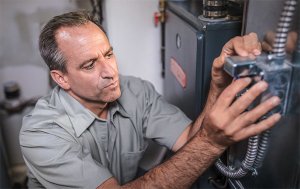
With all this in mind, you should be able to keep your furnace running smoothly for many years to come. If you need help, or if it is time for a preventative maintenance visit, get in touch with your St. Louis area heating & air conditioning team at Galmiche & Sons today.



